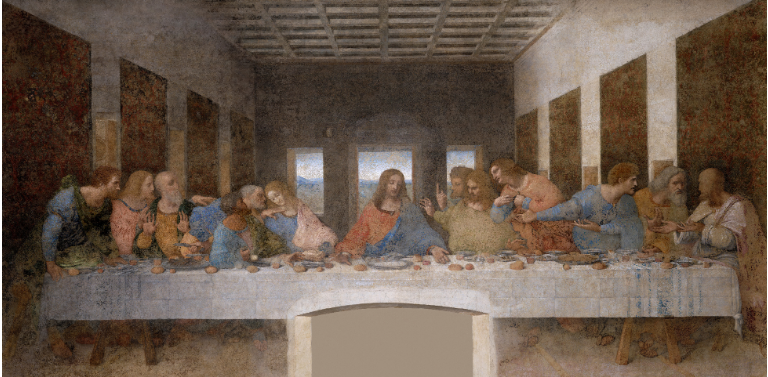Analysis of The Wild Robot
- Kiara Aggarwal
- Aug 1
- 4 min read
By Simran Shoker

The Wild Robot is a 2024 sci-fi animation written and directed by Chris Sanders, inspired by Peter Brown’s book. The story follows Roz, the sole survivor of a group of transported robots now stranded on an island with no human inhabitants, seeking a task to fulfill. After an accident leaves a family of geese dead, Roz takes responsibility for the surviving egg, which hatches into a gosling she names Brightbill. As she raises Brightbill, Roz forms a deep emotional bond with him and learns the complexities of motherhood. Torn between her robotic programming and her growing love for her new family, Roz ultimately chooses love over duty. The Wild Robot beautifully explores the evolution of family and motherhood with its blending, heartwarming moments of connection and the transformative power of love through the utilisation of the four pillars of screen story.
Sanders’s script finds a path in its thematic exploration of motherhood, inciting personal
introspection through the interplay between nature, technology, and survival, as well as
emotional storytelling. The axiom, as defined by Billy Mernit is a truth that’s going to be argued. It reveals itself within The Wild Robot through the consistent dilemmas that Roz experiences when teaching Brightbill how to eat, swim, and fly, exploring the ramifications but also enlightenment of deviating from your programming. This thematic perspective is initially asserted within Roz’s status quo as being her fundamental programming. However, such an axiom is impactfully challenged through the movie, powerfully recontextualised within Brightbill’s argument with Roz after discovering she accidentally killed his family. Roz eventually sees the task as impossible, illuminating the instability fostered by the pursuit of following one’s task, and the hardships of motherhood. The answer isn’t always there, and Roz’s spiraling conveys that. The film poses an interesting question: what is home? Roz’s motivation to return to her factory is only out of obligation, but her heart is truly on the island and the
friends she has made.
Utilising universally resonant material can elevate a movie’s significance and accessibility, and that it is important for the same theme to be consistently expressed throughout. After Roz and the animals protect the island from the antagonistic forces—the Voltra units—Roz asks, “On a scale of 1-10, how would you rate my performance?” This is a call back to the exact question posed in the beginning of the film, using a circular narrative to perpetuate the theme, but also make the audience aware of the new meaning of this question posed by Roz. A question initially born out
of necessity and programming has now become a subtext showing the unmooring from Roz’s ones and zeros.
Until the audience is made aware of who the protagonist is and whose story they’re in, the film stays in limbo. In this case, The Wild Robot is Roz’s story, a protagonist entrenched in linearity. Her wants and needs are established very early on, which effectively grabs the audience’s interest and attention. She very badly needs to complete her task, which is her entire purpose. But the opposing forces attempt to prohibit this, such as the language barriers with the animals in the first act, and the different environment and world that she needs to adapt to, as her ordinary world is inferred as a man made one full of automation technologies. Roz initially wants to
return to the factory, but when Pinktail tells her that taking care of Brightbill is her task now, Roz’s needs change. She must take care of the gosling and teach him to fly by fall. Because of these opposing forces that divert Roz from her initial motivations, she undergoes significant growth as she starts bonding with the animals and Brightbill. This becomes an internal struggle for Roz as her programming and dictated life forbids her from experiencing organic emotions. Roz tells the robot she found in the shipwreck remains: “My responses to problems increasingly rely on improvised solutions. The processing that used to happen here, [Roz points to her processor] is now coming from here [Roz gestures to her power core], symbolises her struggle to balance logic with emotional connection, and is an emotional shift that highlights the trajectory of her development, leaving the audience with a sense of hope that Roz will become one with
humanity.
This struggle also enhances the film’s relatability, allowing the audience to connect more deeply with her evolution from a purely logical entity to a character driven by love. The film’s emotional resonance and universal themes have not only garnered critical acclaim but also translated into significant commercial success. With a budget of $78 million USD and grossing over $330 million USD worldwide, The Wild Robot has proven to be both a financial and artistic triumph.
The Wild Robot skillfully intertwines universal themes and character struggles to form a
profound narrative. The film’s exploration of Roz’s emotional transformation from a
programmed robot to a loving mother underscores the struggles of motherhood and the power of love. Through the well-crafted plot, Roz’s internal struggle between duty and emotional connection drives the story forward, keeping audiences engaged. Its critical acclaim and box office performance demonstrates not just its artistic success, but also its ability to resonate with wider audiences. The Wild Robot resonates with audiences by challenging conventional ideas of family and identity, showcasing that love and connections can transcend the boundaries of programming and technology.



Comments